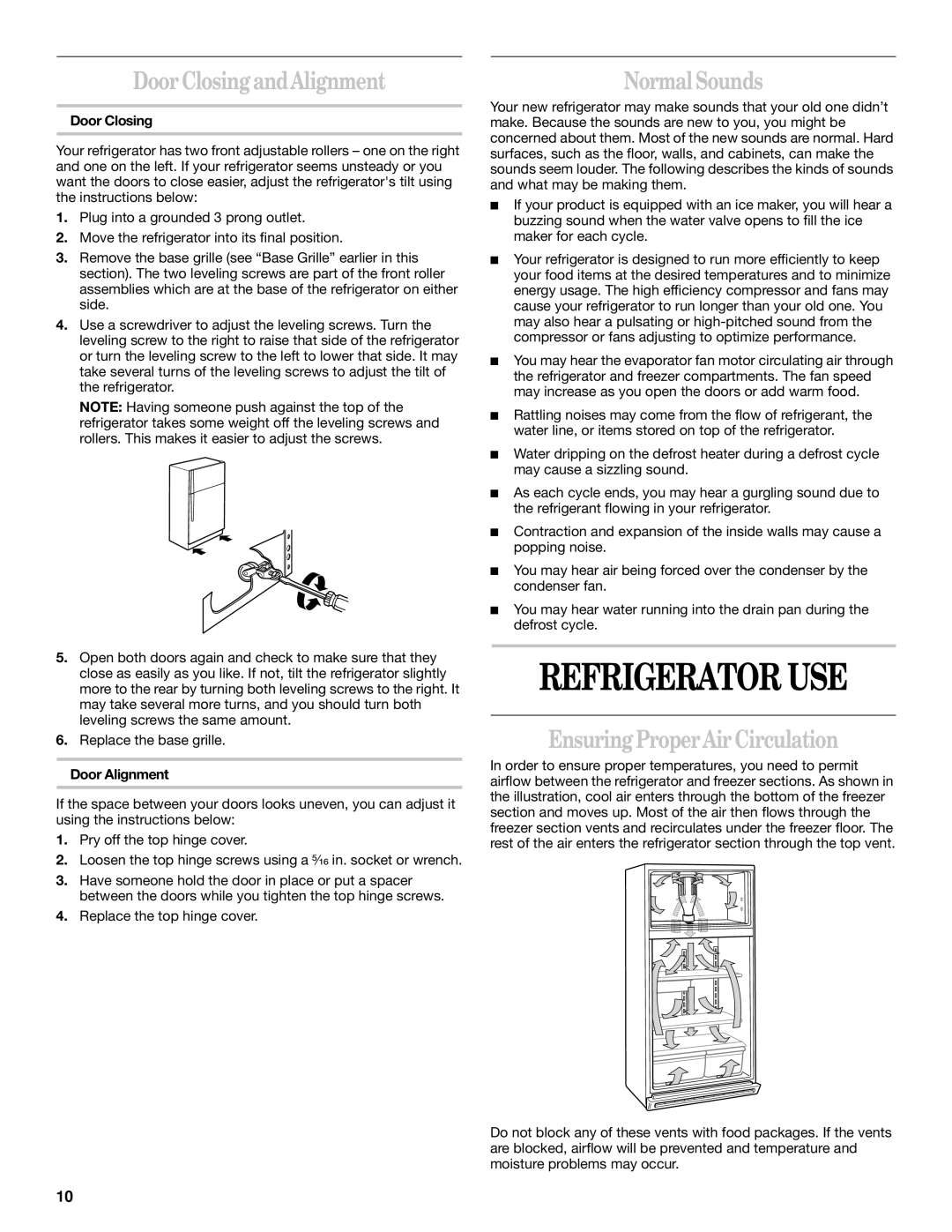2218585 specifications
The Whirlpool 2218585 is a notable appliance that combines advanced technology with user-friendly features, designed to enhance the efficiency of home laundry tasks. This washing machine is particularly known for its innovative functionality, reliability, and modern design. One of the standout features of the Whirlpool 2218585 is its capacity. With ample space to accommodate large loads, it ensures that users can wash more laundry in a single cycle, saving both time and energy.Equipped with a range of washing programs, this machine caters to various fabric types and soil levels. Whether handling delicate items or heavily soiled garments, the Whirlpool 2218585 provides specialized settings that optimize the wash for each load. The intuitive control panel allows for easy selection of washing modes, including options like Quick Wash, Heavy Duty, and Delicate, ensuring versatility in laundry care.
Incorporating advanced technology, this washing machine boasts an Energy Star rating, promoting energy efficiency and reduced water consumption. This not only contributes to lower utility bills but also aligns with environmentally friendly practices. The Whirlpool 2218585 utilizes a high-efficiency Agitator, which enhances wash action while being gentle on clothes, ensuring longevity and maintaining fabric integrity.
Moreover, the machine's noise-reduction features make it suitable for open living spaces, as it operates quietly even during high-speed spins. Another remarkable aspect is its Time Delay Feature, which allows users to pre-set the washing schedule according to their convenience. This is particularly beneficial for busy households, providing additional flexibility in managing daily chores.
The design of the Whirlpool 2218585 is also worth mentioning. It features a sleek and modern aesthetic that fits seamlessly into various laundry room decors. The solid build quality ensures durability, while the stainless steel drum helps prevent odors and stains, promoting a cleaner washing environment.
Overall, the Whirlpool 2218585 stands out for its combination of efficiency, technology, and user-centric features, making it a valuable addition to any household seeking reliable washing solutions.

